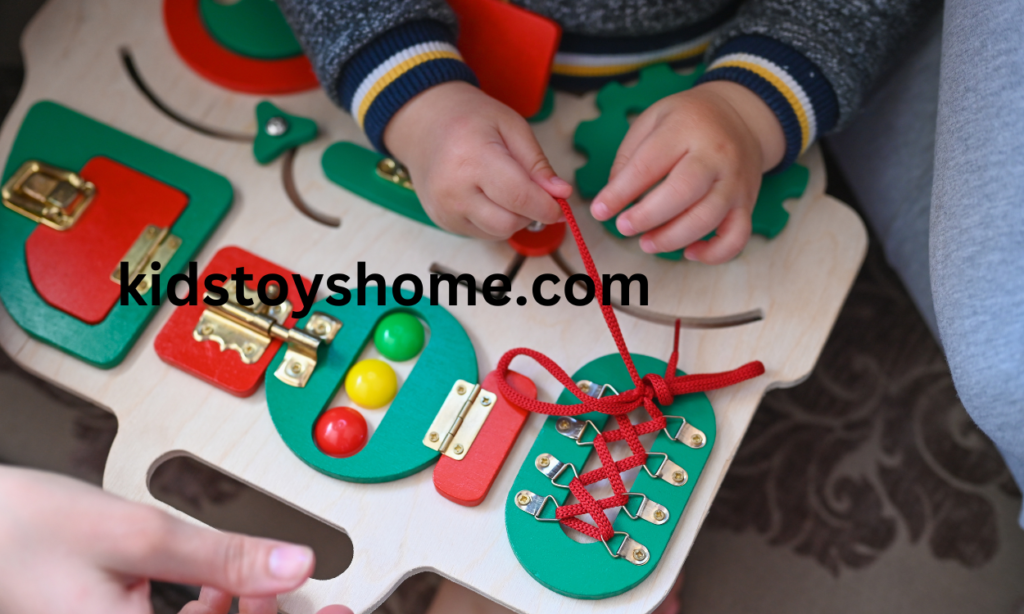Haren Play Doh is a versatile and fun modeling compound for kids. It allows children to shape, mold, and create imaginative objects. It’s perfect for hands-on learning and creative play.
Imagine your child shaping their dreams with Harden Play Doh. This playful material encourages creativity and keeps kids engaged for hours. With endless possibilities, it brings fun and learning together in one colorful package.
In this article, we’ll explore how Haren Play Doh helps develop fine motor skills and creativity. You’ll discover why it’s a favorite among parents and teachers. Plus, we’ll share tips on maximizing playtime fun!
Baking Play-Doh for Durability
- Begin by preheating your oven to a medium heat of approximately 200°F (93°C) to ensure even baking without causing the play dough to crack or burn.
- Place your play dough creations on a baking sheet lined with parchment paper to prevent sticking, ensuring there is enough space between each craft for proper heat circulation.
- Bake the play dough for about 30-45 minutes. The exact drying time may vary based on the thickness of the crafts. It’s crucial to monitor the oven closely to prevent over-baking, which can compromise the finished product’s quality.
- Once baked, allow the crafts to cool on the baking sheet for a few minutes before transferring them to a clean surface. This gradual cooling process helps in avoiding cracks that might ruin the durability of your crafts.
- To enhance the durability further, consider applying a sealant or clear finish after the crafts have completely cooled. This step is optional but recommended for crafts that will be handled frequently or are intended for long-term display.

Incorporating these steps into your homemade playdough recipes not only enhances the durability of the crafts but also allows for a wider range of creative possibilities. Baking playdough crafts is an effective method to achieve a hardened, durable finish, transforming them into lasting mementos or gifts.
Air Drying Techniques
- Place the playdough creation on a clean surface in a well-ventilated area to ensure an even drying process.
- Rotate the piece every few hours to avoid cracking, promoting a uniform drying time.
- For optimal results, store the playdough in an airtight container overnight to slow down the drying for intricate crafts, preventing them from drying out too quickly.
Incorporating homemade playdough recipes into these methods, like adding drops of food coloring for vibrant crafts or using items like a rolling pin for even flattening, not only maximizes the creativity involved but also ensures a personal touch to the crafting experience.
Both techniques, when followed with the specified baking instructions and air drying tips, result in durable and visually appealing crafts, elevating the usual homemade play dough to new heights of artisanal quality.
How Do You Harden Playdough Using a Dehumidifier?
- Benefits of Accelerated Drying: Utilizing a dehumidifier significantly speeds up the drying process of homemade play dough, especially in regions with high humidity where air drying is inefficient. This method cuts down the drying time, making it quicker to reach the desired hardened state.
- Maintaining Craft Quality: By ensuring a controlled environment, a dehumidifier helps in evenly drying play dough crafts, reducing the chances of cracking or warping that may occur with inconsistent air drying.
- Versatility in Craft Making: Particularly useful for intricate designs or thicker pieces that require more time to harden thoroughly, ensuring a durable finished product.
- Enhancing Safety and Durability: This method aligns with the use of non-toxic, homemade playdough recipes, promoting a safe crafting environment. Incorporating drops of food coloring or mixing in polymer clays increases the aesthetic appeal without affecting the drying process.
- Simple Setup: Setting up a dehumidifier near the crafting area on a clean surface or a baking sheet prepared with the shaped play dough ensures an effective drying process. This method is straightforward requiring minimal supervision while maintaining the quality and durability of crafts.
Integrating a dehumidifier in the process of hardening play dough crafts provides a practical solution for crafters living in humid climates. It’s an efficient way to ensure that your handcrafted items, made perhaps with a special blend from homemade playdough recipes, achieve a durable and robust finish.
This technique complements the use of safe, homemade ingredients, including polymer clays and food coloring, to create vibrant and lasting creations. Remember to store finished crafts in an airtight container to preserve their quality and extend their lifespan.
Chemical Hardeners
- Safe Formulation: Opting for safe, non-toxic chemical hardeners is essential. These hardeners are mixed into the homemade play dough before it’s shaped, initiating a chemical reaction that enhances the dough’s durability without releasing harmful substances.
- Compatibility with Colors: Chemical hardeners work well with homemade playdough recipes that incorporate drops of food coloring, ensuring the vibrant colors remain intact without being compromised by the hardening process.
Sealing with a Clear Finish
- Protection and Aesthetics: After the play dough is hardened, applying a clear finish sealant further protects the crafts. This seal not only provides a durable layer against wear and tear but also adds a glossy sheen, elevating the overall appearance of the finished product.
- Extended Durability: The clear finish sealant acts as an additional barrier, safeguarding the crafts from moisture and dust. It ensures the playdough creations, whether they’re simple models or intricate polymer clay designs, remain in pristine condition for a wide range of time.
FAQs
How do you harden Playdough?
Bake it at a low temperature until it hardens. For a sturdier consistency, you can add flour or cornstarch to the dough.
How do you preserve Play-Doh creations?
To preserve your Play-Doh creations, follow these steps:
- Allow the creation to air dry for 24 hours.
- Once fully dried, place in an airtight container or seal with plastic wrap.
- Store in a cool and dry place to avoid humidity which can cause mold growth. Additionally, you can apply a layer of clear coat or varnish to further protect the creation. With proper storage and care, your Play-Doh creations can last for a long time! So let your imagination run wild and create all sorts of fun shapes and figures.
What is the preservative in playdough?
The preservative used in playdough is typically sodium benzoate or potassium sorbate. These ingredients are added to prevent the growth of mold and bacteria, keeping the playdough fresh for longer periods. Other common preservatives found in playdough include calcium propionate and citric acid.
How do you make playdough stiffer?
To make playdough stiffer, you can add more flour to the mixture. Another option is to refrigerate the play dough for a few hours before use. You can also try adding cream of tartar or cornstarch to increase its stiffness. Experimenting with different ratios of water and flour can also help achieve the desired consistency. Additionally, using warm water instead of cold water can make playdough stiffer. Adding a few drops of food coloring or paint to the mixture can also add stiffness and color at the same time.
Conclusion
Haren Play Doh is a wonderful tool for children to express their creativity. It helps them learn and develop important skills, like hand-eye coordination and problem-solving. The soft, colorful clay is safe to use and perfect for making fun shapes and models. Children enjoy using their hands to explore new ideas, which makes learning exciting.
Using Haren Play Doh also supports learning in a fun way. Kids can explore colors, shapes, and textures while they play. This helps them grow and learn without even realizing it. Whether they are making animals, cars, or buildings, Haren Play Doh encourages imagination. It is a great way for children to play and learn at the same time.





